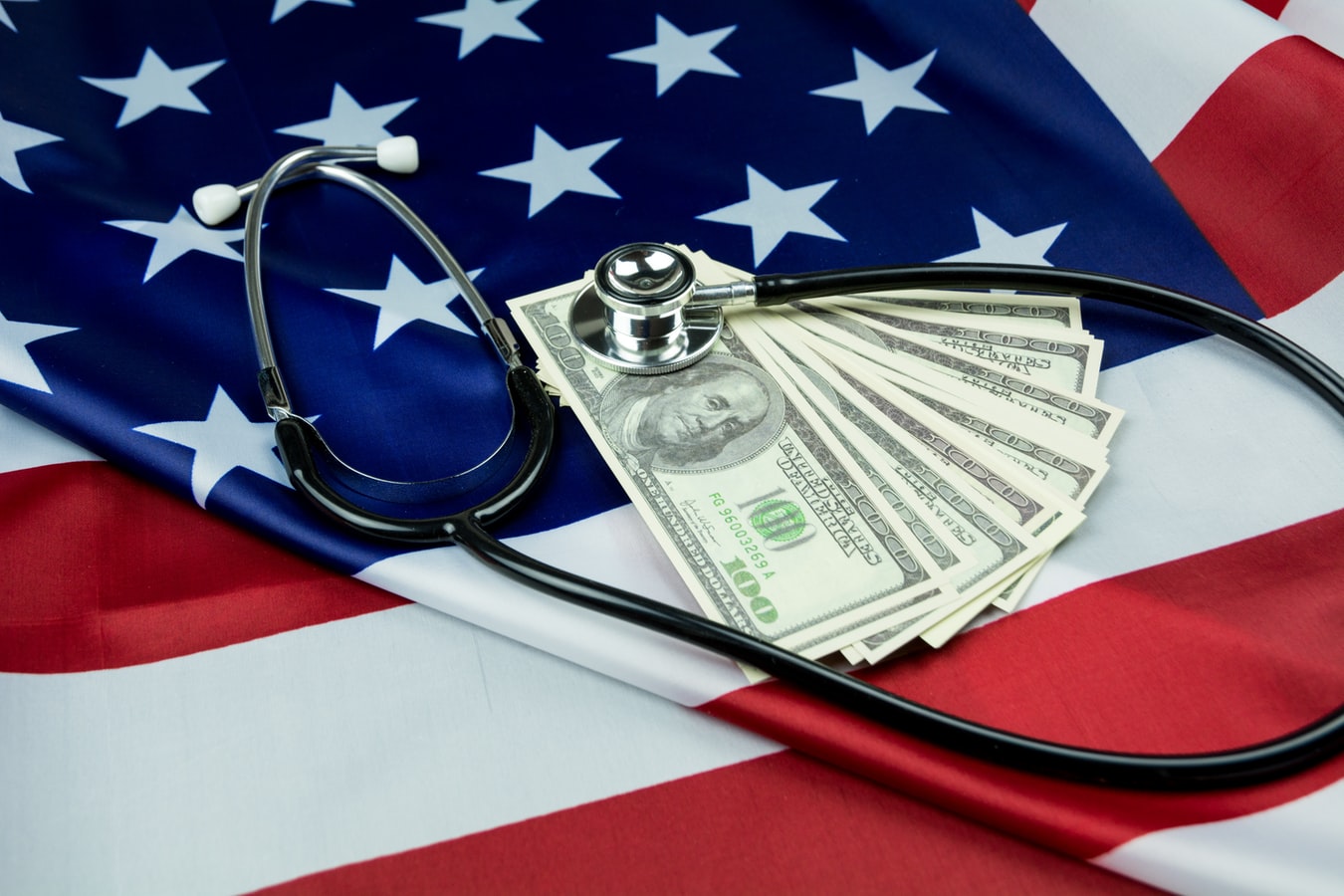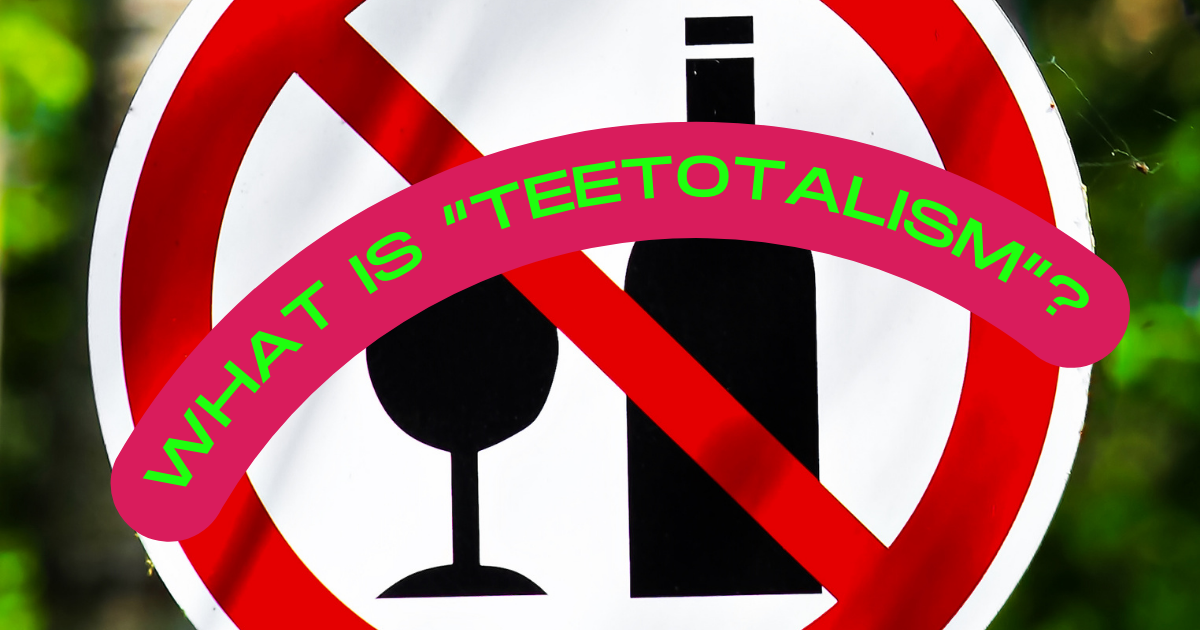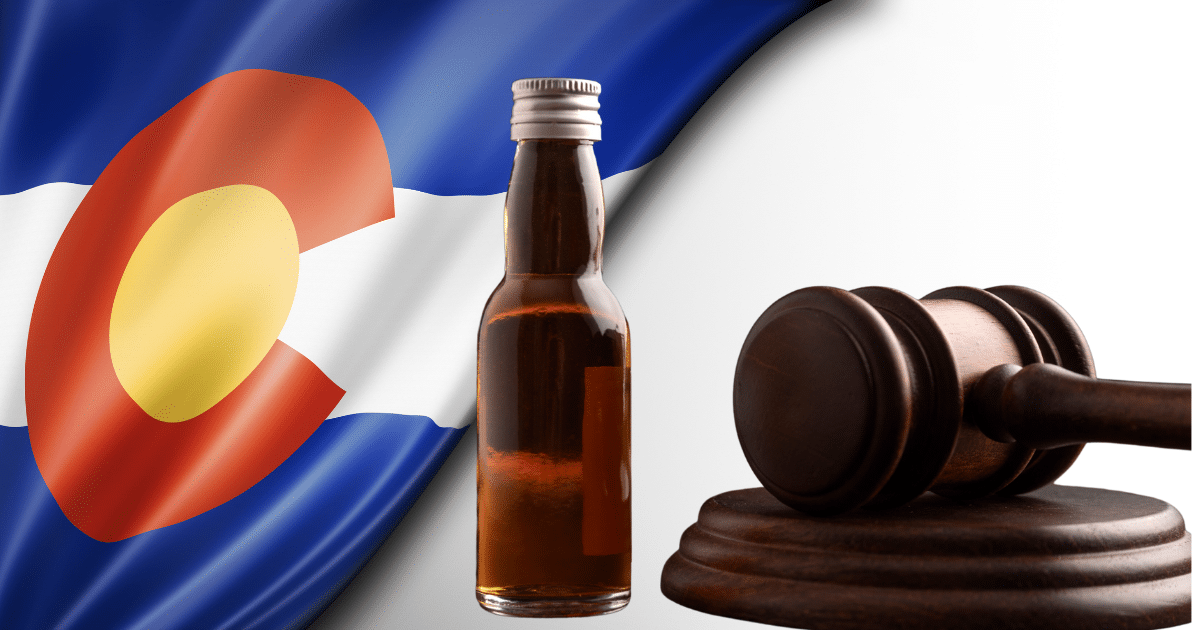Excessive alcohol consumption is a bigger issue than many people in the United States realize. According to the Behavioral Risk Factor Surveillance System, roughly 17% of adults report binge drinking within the past month, while more than half admit to drinking any amount of alcohol in the last month. However, many individuals are unaware of the medical definition of excessive alcohol use, meaning much more than 17% could be drinking to excess and engaging in unsafe behavior.
According to the Alcohol Related Disease Impact Survey, from 2006 to 2010 there were over 88,000 deaths as a result of excessive alcohol use, accounting for 1 in 10 deaths among working age adults and the loss of roughly 2.5 million years of life. Excessive alcohol use also poses a threat to underage drinkers and pregnant women especially. The threat to society and the greater economic costs are also something that many don’t consider when we tabulate the effects of the excessive and binge drinking. Here are some stats on the economic costs of excessive alcohol consumption.
- EAC cost the nation $249 billion in 2010
- 72% of the total cost came from lost workplace productivity
- 11% came from health care expenses
- 17% came from criminal justice, motor vehicle, and property damage costs
- $2 of every $5 of the costs were paid by federal,state, and local governments
The cost of alcohol consumption is much higher than most people realize! For employers in the workplace, it’s especially concerning to know that substance use could be accounting for a high portion of lost workplace productivity.
According to Fortune.com, Americans are drinking more than they used to, a trend that could mean more costs for our healthcare system and businesses. Drawing from a study published in JAMA Psychiatry, the news outlet reports that the number of adults who binge drink at least once a week could be as high as 30 million, greater than every state in the U.S. save California. While underage drinking may have decreased in recent years, adult consumption has risen higher than ever across all demographics, especially for the elderly, minorities, and people from low income/low education backgrounds. Some other startling statistics from the survey include:
- A 3% increase in self reported risky drinking in the last year, an increase of 7 million people
- A 4% increase in self reported alcohol dependence, an increase of 10 million people
- Drinking causes an average of 88,000 deaths in the U.S. each year, more than prescription opioids and heroin combined
- Excessive drinking is responsible for 1 in 10 deaths among working-age Americans
These increases in drinking and the associated rising costs are producing negative effects for our society, but lawmakers are hesitant to enact any changes when it comes to these subjects. Jurgen Rehm, senior director of the Institute for Mental Health Policy Research at the Centre for Addiction and Mental Health in Toronto says that the rising costs are not warranting an equal reaction in policy measures.
“The response of society should be commensurate to the level of the problem,” Rehm says. “Yet there is no national strategy in the U.S. that matches recent, high-profile efforts to combat opioids, smoking, or illegal drugs. Alcohol, we just tend to overlook.”
Part of the problem could be a culture that celebrates drinking and overlooks addiction as a character flaw rather than a medical condition. For example, only about 1/5th of people who report alcohol dependency have ever been treated, compared to about 60% for people who have depression. There’s simply a great stigma still when it comes to alcoholism and addiction, and people don’t believe they need to talk to their doctors about it.
Excessive Alcohol Consumption Guidelines
Excessive drinking includes binge drinking, heavy drinking, and any drinking by pregnant women or people younger than age 21. Surprisingly, most people who drink excessively are not alcoholics or alcohol dependent. For reference, excessive alcohol consumption guidelines are created by the CDC and are defined as the following:
- Binge drinking, the most common form of excessive drinking, is defined as consuming
- For women, 4 or more drinks during a single occasion.
- For men, 5 or more drinks during a single occasion.
- Heavy drinking is defined as consuming
- For women, 8 or more drinks per week.
- For men, 15 or more drinks per week.
How do We Reduce the Costs of Excessive Drinking?
It’s difficult to change an entire culture, but we’ve managed to the same for smoking cigarettes, wearing seat belts, and even curbing drunk driving incidents. If we tackle this problem from all sides, it is possible to help prevent many cases of excess drinking from occurring. The Centers for Disease Control advocates for using the following tactics in order to cut down on drinking, backed up by research and evidence from implementation with other similar public health crises. These include:
- Increase the alcohol excise tax
- Reduce the alcohol outlet density
- Reduce the days and hours of alcohol sales
- Hold alcohol retailers liable for injuries and damage done by intoxicated and underage customers
- Create a public awareness campaign about the signs and dangers of alcoholism
Why Are More Americans Drinking?
It’s difficult to ascribe a single explanation for the increase in drinking. Some researchers believe that economic stress after the Great Recession could be one of many factors that have changed consumption habits. There’s also the fact that pervasive marketing and sales tactics from the alcohol industry has resulted in more alcohol available everywhere, with different kinds of drink options available such as flavored vodka and hard lemonade.
You could also point to the reality that America has always had a drinking culture, even tracing back to the founding fathers.George Washington was known to drink a bottle of wine every night and spent roughly 7% of his income while in office on booze. His estate was at one point America’s largest whiskey producer. According to Smithsonian magazine, colonial Americans may have drank roughly 3 times the amount that modern Americans do, though primarily in the form of beer, cider, and whiskey.
The Substance Abuse and Mental Health Services Administration has estimated that roughly 1.2 million college students engage in drinking alcohol. Furthermore, 63% of college students have reported drinking alcohol within the last month, while 41% of reported being intoxicated at least once in their college careers. One-third of college students also report having engaged in binge drinking behavior within the last month.
There’s also a different perspective about alcohol consumption for policymakers. It doesn’t command the same attention in the same way that tobacco, narcotics, and prescription drugs do. However, alcohol still kills more people every year than drug overdoses. The response of our society should be equal to the harm that it is causing, but there is no strategy in place as of yet. Alcohol simply gets overlooked and unheeded.
The Health Costs
People who have been drinking more than moderate amounts of alcohol for long periods of time run the risk of developing serious brain damage. For example, one common occurrence among alcoholic is a thiamine deficiency, also known as vitamin B1, is an essential nutrient used by all tissues in the body, including the brain. Thiamine is found in foods such as meat, poultry; whole grains, nuts, dried beans, peas, and soybeans. Up to 80% of alcoholics develop a deficiency in thiamine and a number of these people may go on to develop Wernicke–Korsakoff syndrome.
This syndrome causes mental confusion, nerve paralysis within the eyes, and overall difficult with muscle coordination. If the condition worsens, which it does for 80-90% of those afflicted, the person will develop a chronic and debilitating learning, motor function, and memory problems. There are also the effects on the liver, the organ responsible for breaking down alcohol into harmless by product. Prolonged liver dysfunction can result in liver cirrhosis, which could further affect the brain.
Overall, long term alcohol use and dependency can cause more than just physical problems in the body. Antisocial disorder, irritability, chronic lying, and inability to maintain jobs or relationships is common amongst chronic alcoholics. Prolonged use can also lead to engaging in destructive behavior such as promiscuity, driving under the influence, and domestic violence. The body gets used to unbalanced levels of chemicals within it, so attempting to withdraw can result in negative side effects such as shakiness, insomnia, irritability, fatigue, anxiety, sweating, nausea, headache, depression, and loss of appetite
From 2007 to 2017, the number of deaths attributable to alcohol increased by 35%, at least according to a research report out of the Institute for Health Metrics and Evaluation at the University of Washington. The death rate also rose roughly 24%. Total number of deaths among women also rose by 85%, an alarming statistic that shows just how many women are binge drinking. Death rates still remain higher among men, which rose 29%. Teen deaths from drinking went down roughly 16%.
Alcoholism in the United States
According to SAMHSA, the Substance Abuse and Mental Health Services Administration, heavy alcohol use is defined as binge drinking on 5 or more days in the past month. Binge drinking, as defined above, involves a pattern of drinking that exceeds the limits outlined by healthy drinking defined by the NIAAA. Another way to define alcoholism is anyone who exceeds binge drinking that brings Blood Alcohol Content (Or BAC) to levels above 0.08 per session, more than 5 times per week.
According to the NIAAA, roughly 72% of people have a single period of heavy drinking (usually between the ages of 18-24) that they eventually grow out of. For most, growing out of this stage is normal, but for alcoholics, these patterns of usage only continue or worsen. What’s known as HFA’s (Or High Functioning Alcoholics) are those individuals who are able to partially separate their addiction from their daily responsibilities. Typically, these people tend to minimize their drinking by labeling it simply as a hobby, occasional indulgence, or heavy bout of drinking. The truth however, is that an alcoholic is defined by that person’s relationship to alcohol, not how their relationship to alcohol appears to the rest of the world. Here are some telltale signs of alcoholism to look out for if you suspect yourself or a loved one of being an alcoholic:
- Using alcohol as a reward for accomplishments or relief.
- Drinking daily.
- Living a double life that separates binge drinking from their daily work or home life.
- Binge drinking more than a few times per week (more than 5 drinks in one sitting).
- Having difficulty imagining their life without alcohol.
- Having chronic blackouts from drinking and not being able to remember what they did for a period of time.
- Alternating between feelings of guilt and shame towards their drunken behavior.
- Behaving in ways that are uncharacteristic of their sober when drinking.
- Surrounding themselves with other social drinkers or binge drinkers.
- Attempting to take breaks from drinking and then engaging in increased alcohol consumption.
- Continually getting drunk before arriving at parties/bars (pre-gaming).
- Having an increasing sense of denial about their binge drinking because they are able to hold down a job or keep a relationship for the time being.
- Setting drinking limits for themselves and often being unable to hold themselves accountable to them.
- Driving while intoxicated and not getting arrested or involved in an accident.
- Having the inability to control alcohol consumption after their first few drinks.
- Family members or friends have expressed concern about their drinking patterns and negative behavior.
- Engaged in risky sexual behavior while under the influence.
- Constantly thinking about the next time they can drink, how recently they’ve drunk, how much they have drunk.
- Always having to finish an alcoholic beverage whether it’s their own or another persons.
Alcohol rehab centers near your can secure an appropriate alcohol detoxification and rehabilitation treatment program for you or a loved one, quickly and discreetly, and close to home if that’s what you’d prefer. If you’re worried about a loved one or your own relationship with alcohol, reach out to someone who can help. At Landmark Recovery, we work to free addicts from the inner prison of substance dependence and abuse.

Choose Recovery Over Addiction
We're here 24/7 to help you get the care you need to live life on your terms, without drugs or alcohol. Talk to our recovery specialists today and learn about our integrated treatment programs.





